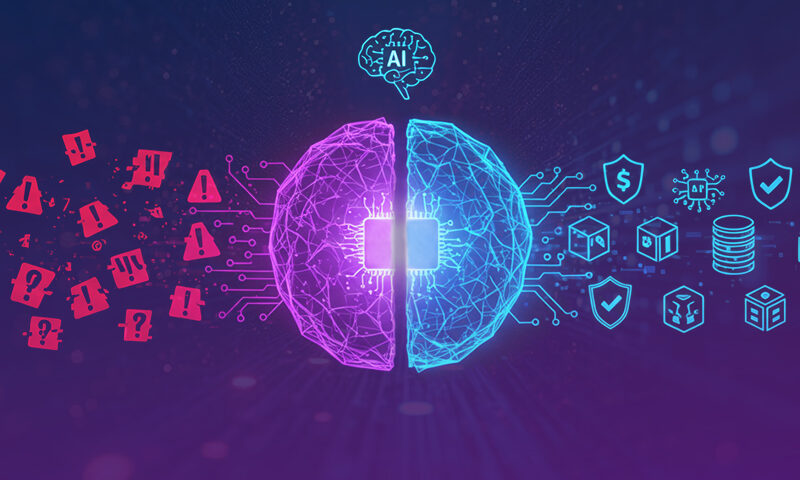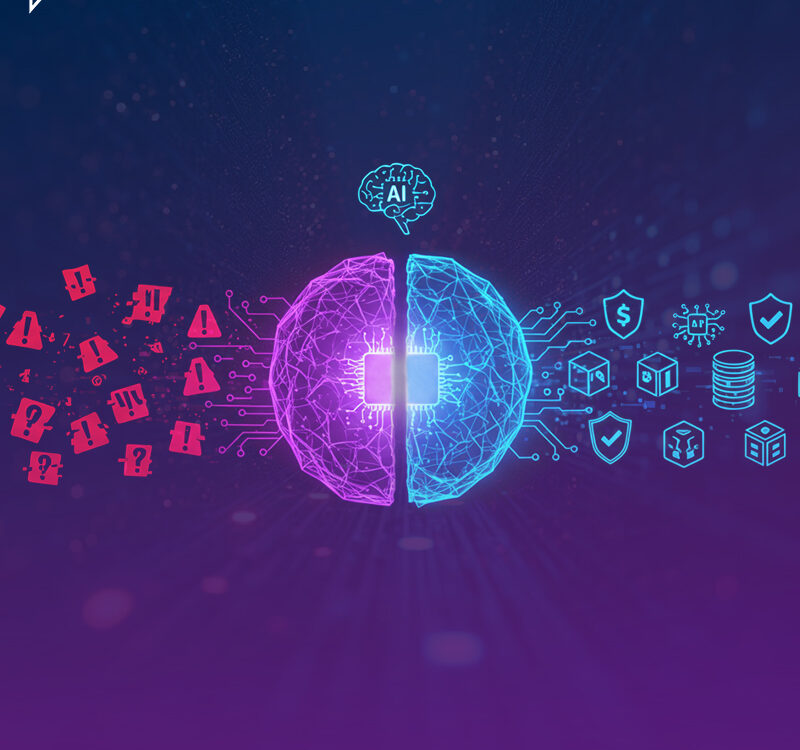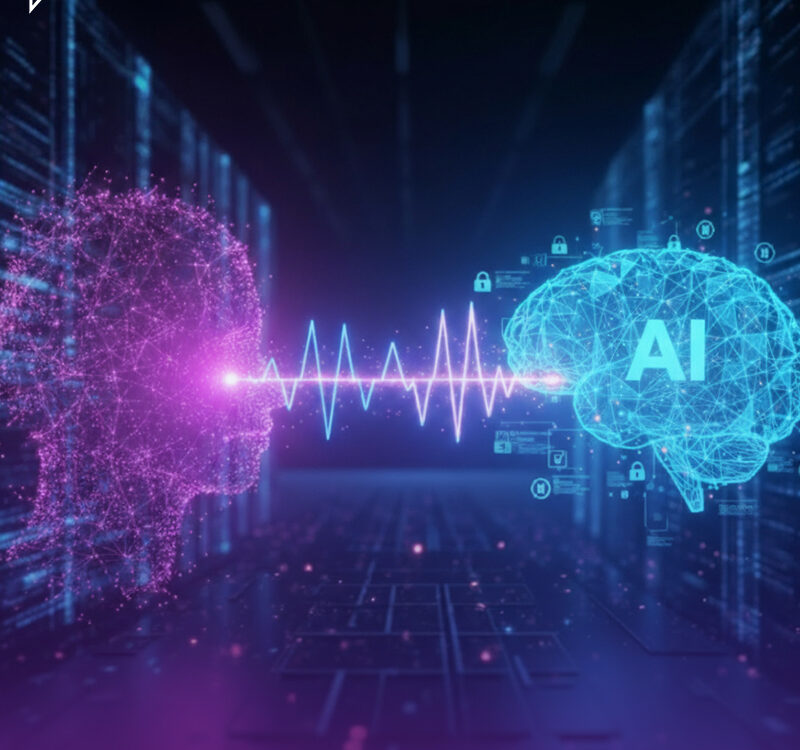
How S3’s Predictive Scoring Revolutionizes Incident Scoring System
January 24, 2025
5 Deadly Pitfalls in MSSP SecOps and How SIRP Eliminates Them
January 31, 2025
How S3’s Predictive Scoring Revolutionizes Incident Scoring System
January 24, 2025
5 Deadly Pitfalls in MSSP SecOps and How SIRP Eliminates Them
January 31, 2025Table of contents
- 1. The Role of AI and Machine Learning in Incident Scoring
- 2. AI and Machine Learning: The Key to Proactive Security
- 3. How AI and Machine Learning Enhance Risk Mitigation
- 4. Benefits of AI and Machine Learning in Incident Scoring
- 5. The Future of Incident Scoring: AI and Machine Learning Leading the Way
- Conclusion
Cybersecurity is facing unprecedented challenges as the scale and complexity of cyber threats continue to rise. Let’s take a look at some of the latest statistics that highlight the growing risks organizations face today:
- Escalating Cybercrime Costs: In 2024, global cybercrime damage costs are projected to reach $9.5 trillion annually, marking a significant increase from previous years. eSentire
- Rising Data Breach Expenses: The average cost of a data breach has surged to $4.88 million in 2024, highlighting the financial impact on organizations. Varonis
- Prevalence of Phishing Attacks: Phishing remains the most common form of cybercrime, with nearly 1 billion emails exposed in a single year, affecting 1 in 5 internet users. AAG IT
- Alert Fatigue Among Security Professionals: A significant number of cybersecurity professionals report experiencing alert fatigue, with 55% acknowledging that they miss critical alerts due to the overwhelming volume. Medium
These statistics underscore the urgent need for advanced technologies to enhance cybersecurity measures. AI and machine learning are at the forefront of this transformation, offering predictive capabilities, real-time adaptability, and data-driven decision-making. By leveraging these technologies, organizations can proactively address and mitigate threats before they escalate into breaches.
1. The Role of AI and Machine Learning in Incident Scoring
- Predictive Risk Assessment: AI can analyze historical data to identify patterns and trends that predict future threats. This predictive scoring allows security teams to focus on high-risk incidents before they even occur.
- Real-Time Adjustments: Machine learning algorithms continuously process incoming data and adapt the risk evaluation in real-time, ensuring that cybersecurity professionals can act on the most critical risks immediately.
- Dynamic Prioritization: Traditional scoring systems assign a fixed score to threats, but AI-driven systems dynamically prioritize risks based on real-time data, the importance of affected assets, and the likelihood of escalation.
- Reducing False Positives: By learning from previous incidents, machine learning models refine their ability to distinguish between actual threats and false alarms, improving accuracy and reducing the noise that overwhelms security teams.
2. AI and Machine Learning: The Key to Proactive Security
- Anticipating Threats: Instead of responding after the fact, AI anticipates emerging threats by analyzing current trends and historical incidents. This gives security teams the ability to prevent breaches before they occur.
- Automating Incident Response: Machine learning automates incident classification and response, allowing security professionals to focus on strategic decisions rather than spending time on repetitive tasks.
- Learning from Every Threat: AI systems learn from every new threat detected, continuously improving their ability to assess and prioritize future risks. This continuous learning process enhances the system’s ability to adapt to evolving attack strategies.
3. How AI and Machine Learning Enhance Risk Mitigation
- Intelligent Decision-Making: AI-powered systems can make complex decisions in seconds by processing large volumes of data quickly, which allows for rapid and informed responses to security incidents.
- Improved Incident Detection: Machine learning can identify new and unknown threats by analyzing vast datasets and recognizing patterns that human analysts may miss, improving detection rates and reducing the time to identify incidents.
- Automated Threat Prioritization: AI automates the process of ranking threats based on severity, asset importance, and likelihood of escalation, ensuring that security resources are focused on the highest-priority risks.
- Adaptive Risk Models: AI systems continuously adapt risk models to account for new tactics, techniques, and procedures (TTPs) used by attackers, providing up-to-date risk assessments that reflect the latest threat intelligence.
4. Benefits of AI and Machine Learning in Incident Scoring
- Faster Responses: By providing real-time threat evaluation and automated recommendations, AI accelerates response times, helping security teams react faster to high-priority incidents.
- Better Resource Allocation: AI allows security teams to allocate resources effectively by focusing efforts on the most critical incidents, reducing waste and improving operational efficiency.
- Proactive Threat Detection: With predictive analytics, AI detects emerging threats before they can cause damage, allowing for early intervention and preventing costly breaches.
- Continuous Improvement: AI and machine learning models constantly evolve based on the data they process, ensuring that incident scoring and risk assessments improve over time, making the system smarter and more accurate.
5. The Future of Incident Scoring: AI and Machine Learning Leading the Way
The future of cybersecurity lies in AI-driven systems that can predict, prioritize, and respond to threats automatically. As these systems become more sophisticated, they will be able to handle more complex threats and provide even more accurate risk assessments. Key developments include:
- Predictive Threat Prioritization: AI-driven systems, such as S3, are transforming how organizations predict and prioritize cyber threats. S3 uses machine learning to adapt and assess threats dynamically, making it possible to stay ahead of evolving risks.
- Adaptability: S3 exemplifies how machine learning can be used to continuously refine risk assessments. It evolves with each incident, learning from new data to improve its ability to predict and respond to future threats.
- Integration with Existing Tools: AI-powered scoring systems like S3 integrate with traditional security tools, enhancing their capabilities with predictive insights and real-time adjustments. This makes existing infrastructure more effective and agile in responding to attacks.
- AI and Human Collaboration: While S3 and similar systems handle data analysis and threat prioritization, human experts will still provide high-level strategic guidance. The fusion of AI and human intelligence creates a more dynamic and responsive cybersecurity approach.
- Staying Ahead of Evolving Threats: As cyber threats grow more sophisticated, AI and machine learning—as demonstrated by S3—ensure that incident scoring systems remain adaptable to new attack techniques, keeping organizations one step ahead of attackers.
Conclusion
AI and machine learning are transforming the future of incident scoring by providing predictive, adaptive, and real-time insights that improve decision-making, enhance resource allocation, and ultimately reduce risk exposure. As these technologies continue to advance, they will play an even greater role in shaping proactive cybersecurity strategies. Organizations that embrace AI-powered incident scoring will be better equipped to face the increasingly sophisticated and dynamic world of cyber threats.




